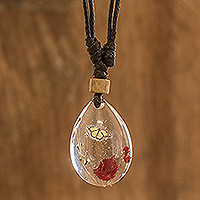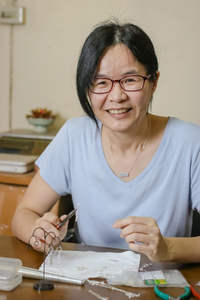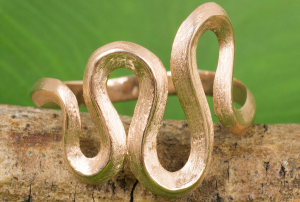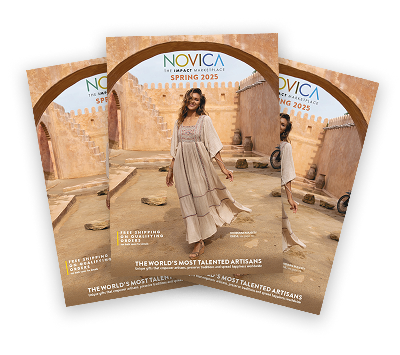-
-
Unique Gifts

5,000 of our very best gifts
organized by recipients & interest -
Curated Gift Boxes

Our experts have put together
the best of the gift sets for you -
Build Your Own Gift Sets

We'll help you build your own
amazing gift sets -
Express Gifts
Get them in 2-4 business days!

-

Gift Cards
Everyone loves them

-
-
-
- All Jewelry
-
- All Women's Jewelry
- Earrings
- Bracelets
- Necklaces
- Rings
- Jewelry Sets
- Anklets
- Pendants
- Brooches
- Toe Rings
- Ear Cuffs
- Jewelry Storage
-
-
-
- Animal Themed
- Birthstones
- Bohemian
- Bridal Jewelry
- Eco-Friendly
- Floral
- Heart Shaped
- Hill Tribe
- Chakra
-
-

-
- All Fashion
-
- All Women's Clothing
- Sweaters
- Blouses
- Ponchos
- Tunics
- Dresses
- Pants
- Robes
- Skirts
- Wraps & Ruanas
- Jackets & Coats
-
-
-
- All Handbags
- Shoulder Bags
- Totes
- Clutches
- Slings
- Leather Handbags
- Cotton Handbags
- Upcycled Handbags
- Travel Bags
- Yoga Bags
-
-

-
- All Home
-
- All Home Accessories
- Games & Puzzles
- Decorative Boxes
- Journals
- Musical Instruments
- Picture Frames
- Vases
- Catchalls & Trays
- Home Accents
- Gadgets & Gear
- Holiday Decor & Ornaments
- Decorative Hardware
- Pet Supplies
-
- All Home Furnishings
- Area Rugs
- Furniture
- Hammocks
- Lamps & Lighting
- Mirrors
- Outdoor
- Pillows & Throws
- Relief Panels
- Tapestries
- Wall Decor
- Masks
- Sculptures & Carvings
-
-
-
-
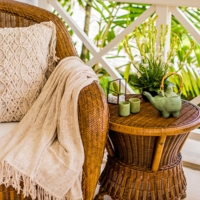
-
- All Paintings
-
- Abstract Paintings
- Cubist Paintings
- Realist Paintings
- Impressionist Paintings
- Expressionist Paintings
- Naif Paintings
- Modern & Freestyle
- Surrealist Paintings
- Photography
- Prints
-
- People & Portraits
- Still Life
- Landscapes
- Seascapes
- Flowers & Plants
- Animals
- Artistic Nudes
- Dance & Music
- Religious & Spiritual
-
- Multicolor
- Blue or Purple
- Primary Colors
- Orange or Yellow
- Earthtones
- Red or Pink
- Black or Gray
- Green
- Black & White
-
-
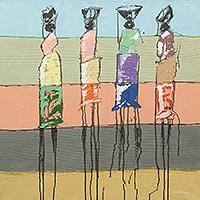
-
- Care for Children
- Empower Women
- Enable Education
- Overcome Adversity
- Overcome Cancer
- Preserve Traditions
- Support Conservation
- Support Microcredit Borrowers
- Uplift Communities
- Work with Disabilities
-


-
-
 Explore, Empower, Impact
Explore, Empower, Impact
- Our Mission
- Our Values
- Our Story
- NOVICA & Fair Trade
- Happiness Projects
-
-
- Blog
- Artisan Subscription Box
-
-
 Call 1-877-266-8422
Call 1-877-266-8422
- FAQ
- Order Tracking
- Returns
- Contact us
-


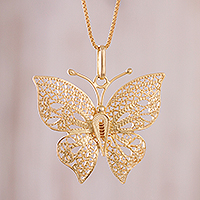
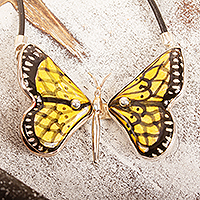
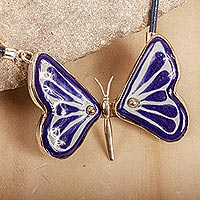
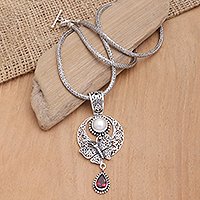
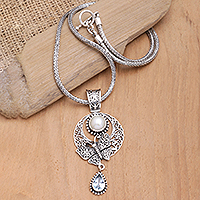
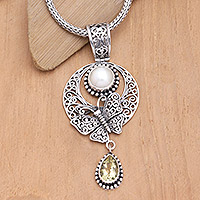
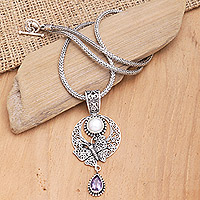
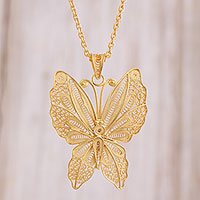
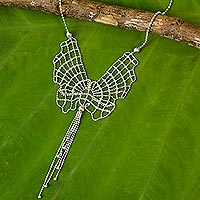 Bestseller
Bestseller
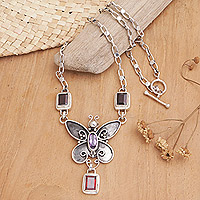
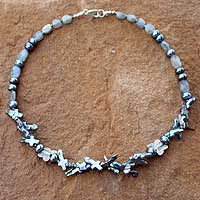
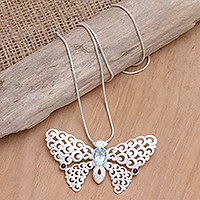
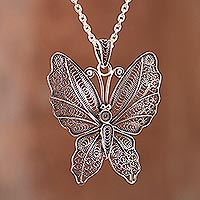
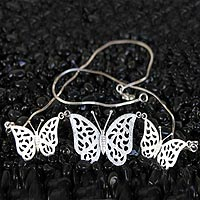

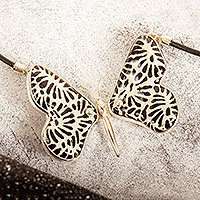 Featured Sale
Featured Sale
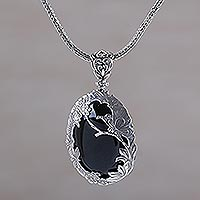

 Coming back
Coming back



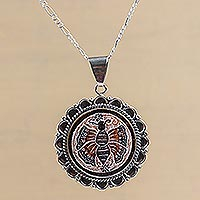
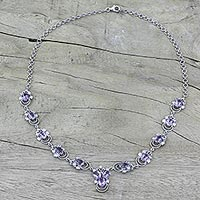
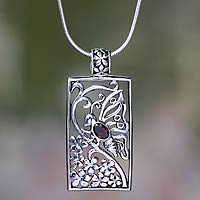
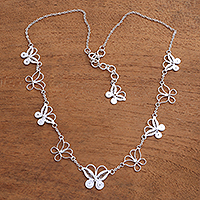

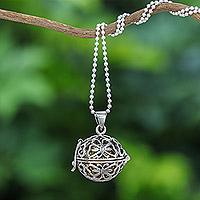 Coming back
Coming back
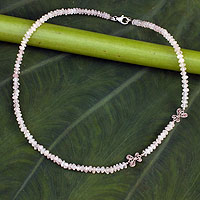
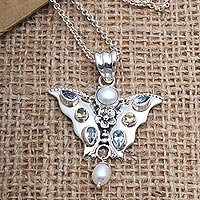
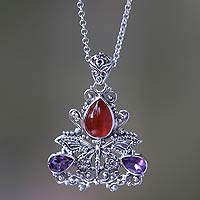
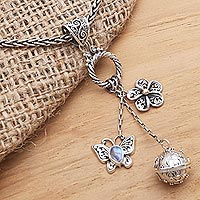
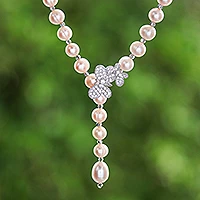 Bestseller
Bestseller
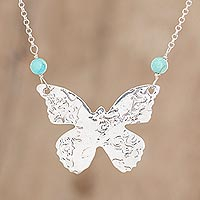 Featured Sale
Featured Sale
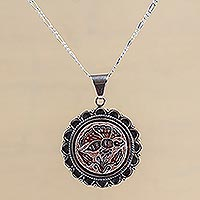

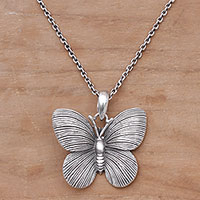
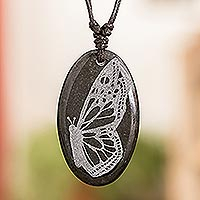
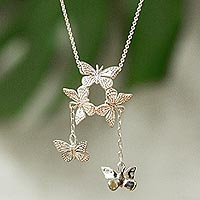
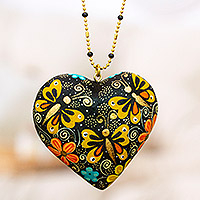
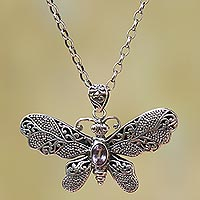
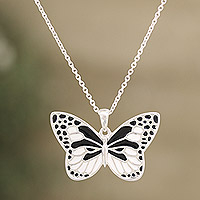
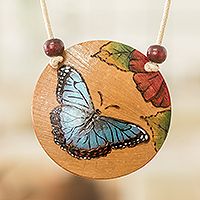

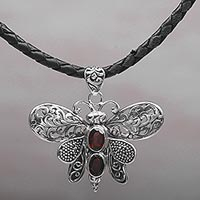
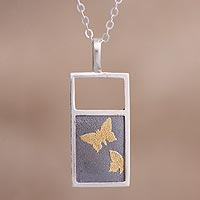
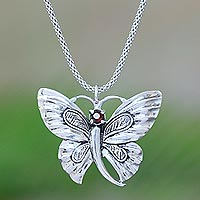
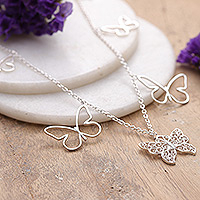
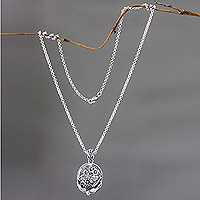 Coming back
Coming back
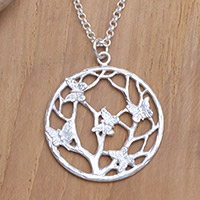
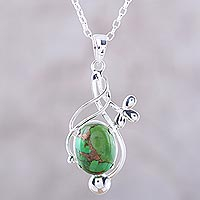
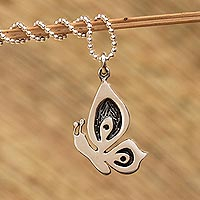
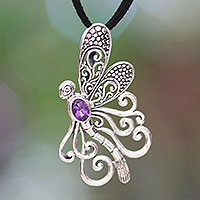


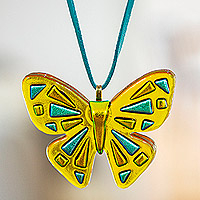
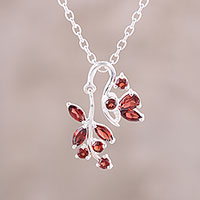
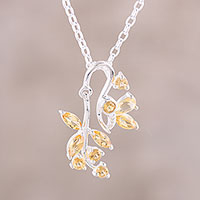
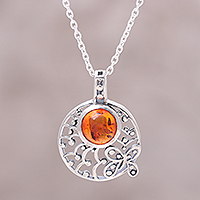
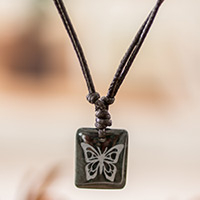
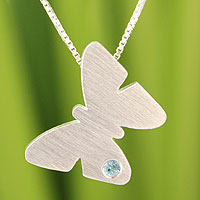
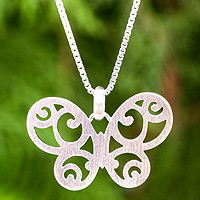 Coming back
Coming back
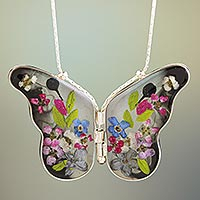 Bestseller
Bestseller
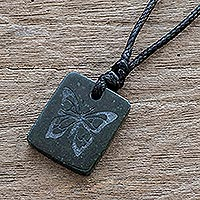
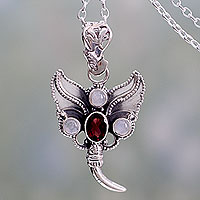
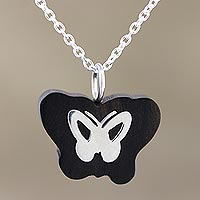
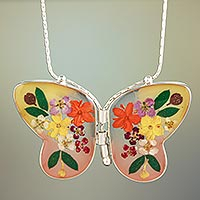
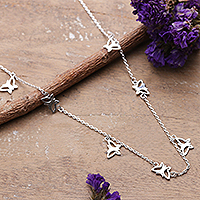
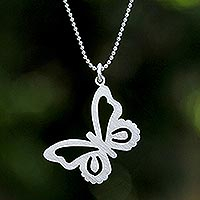

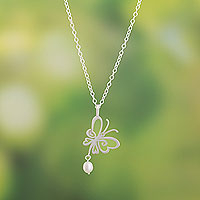
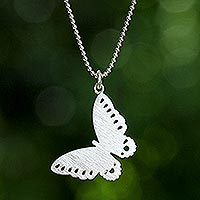
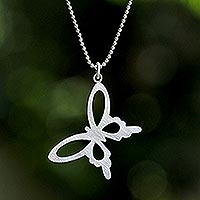
 Bestseller
Bestseller
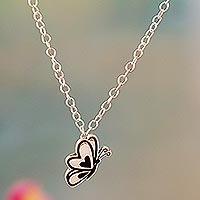
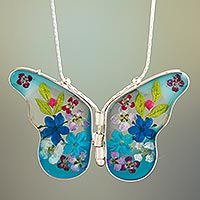 Bestseller
Bestseller

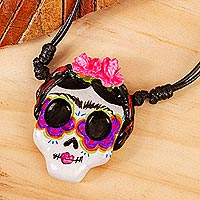
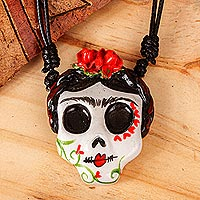
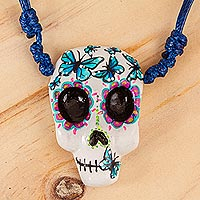
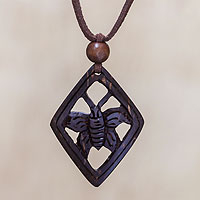

 Bestseller
Bestseller
